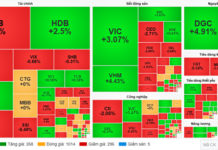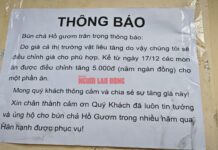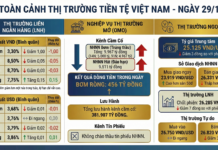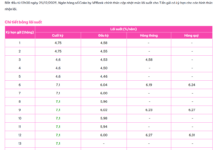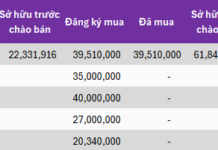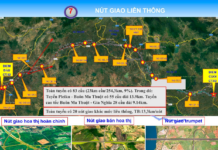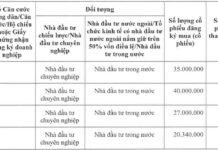According to Circular 79/2024 issued by the Ministry of Public Security, effective from January 1, 2025, replacing Circular 24/2023/TT-BCA and Article 2 of Circular 28/2024/TT-BCA, new regulations for vehicle license plates have been introduced. Specialized vehicles, including cars and motorcycles, will now be issued two license plates: one short plate (330 mm × 165 mm) and one long plate (520 mm × 110 mm).
License plates must be made of aluminum alloy, featuring reflective film or ink, with security markings and police seals embossed or engraved clearly.
For vehicles owned by domestic individuals or organizations, the license plate format includes two initial digits representing the issuing locality, followed by a registration series (letter), and a five-digit sequence ranging from 000.01 to 999.99.
For vehicles owned by foreigners, the format is more complex, incorporating the locality code, a numerical code indicating the country/territory/international organization, a series, and a smaller sequence number (e.g., two digits).
Color coding for license plates varies by vehicle type: government and political organization vehicles have a blue background with white characters, commercial transport vehicles have a yellow background with black characters, and private vehicles have a white background with black characters. Diplomatic and international organization vehicles feature distinct identifiers and colors.
A notable innovation is the introduction of “identity-linked” license plates. Under Article 3, Section 3 of Circular 79/2024/TT-BCA, license plates will be linked to the owner’s identification code.
For Vietnamese citizens, the plate is linked to their personal identification number. For foreigners, it is linked to their identification or residency documents, and for organizations, it is linked to their organization code or tax number if an organization code is unavailable.
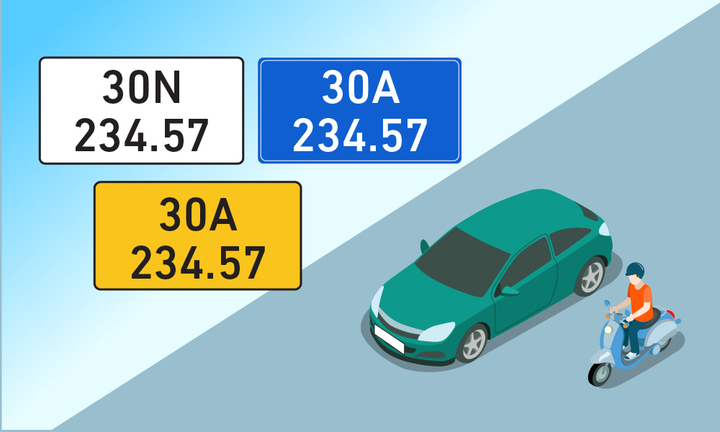
Key updates on vehicle license plates under the new law that every vehicle owner should know. (Illustrative image)
In cases where a vehicle reaches the end of its service life, is damaged, or changes ownership, the identity-linked license plate is recovered and retained for the owner for five years, allowing reuse for another vehicle if desired. After five years, unused plates are returned to the inventory for reassignment.
According to Circular 79/2024/TT-BCA (including amendments), there are at least six scenarios requiring registration or license plate changes from January 1, 2025:
1. Faded or damaged license plates or registration certificates.
2. Vehicle modifications or color changes.
3. Transitioning between white/black and yellow plates (for commercial transport) or vice versa.
4. Changes in owner information (name, identification number) or relocation requiring updated registration.
5. Expired registration certificates.
6. Owner requests for new registration certificates, license plates, or switching between short and long plates.
Regarding issuance timelines and procedures for new/replacement license plates:
New plates for newly registered vehicles are issued immediately upon receipt of valid documentation.
Plates for auctioned vehicles, plate replacements, or identity-linked plates are issued within seven working days of receiving valid documentation.
Reissuance of lost, damaged, or requested plates requires verification within 30 days of application. Once verified, plates are reissued within two working days.
To avoid violations, ensure plates are correctly positioned, sized, and colored, without obstruction, alteration, or fading. Tampering with or obscuring plates is prohibited by law.
When relocating outside the original province, follow procedures to update registration while retaining the identity-linked plate. Auctioned plates include specific identification features, such as recognition stickers.


